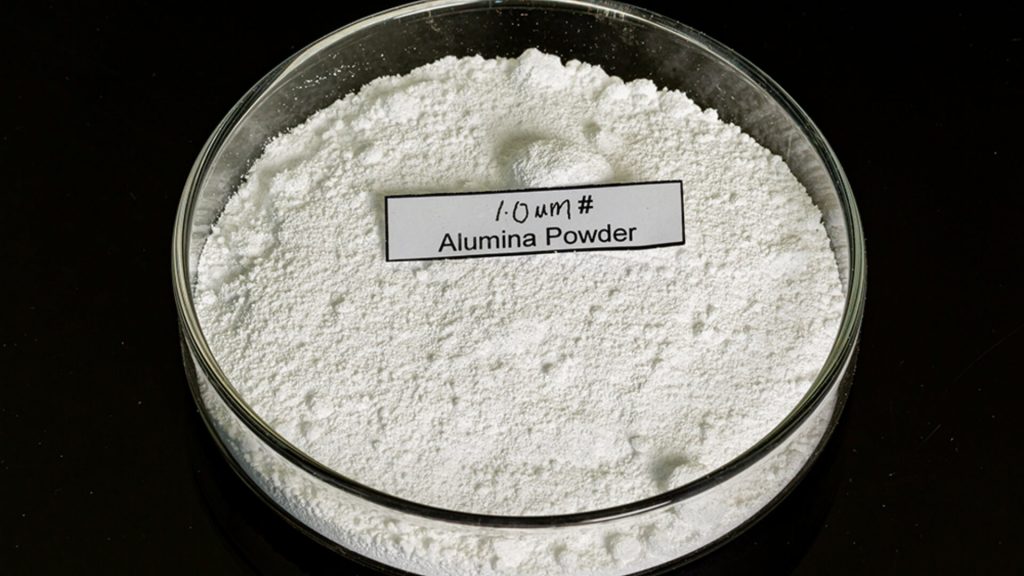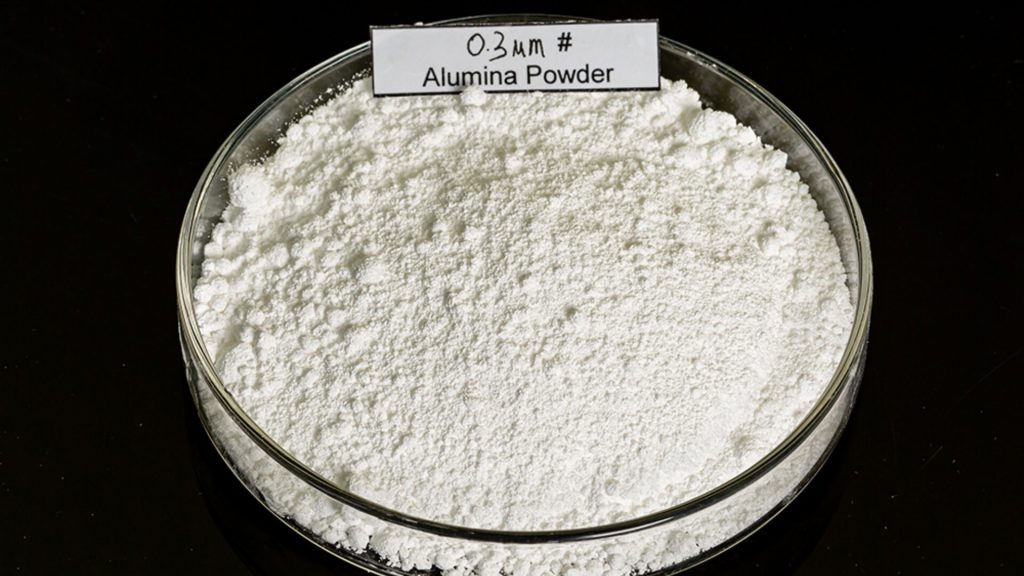Preparation Process and Technological Innovation of Aluminium Oxide powder
When it comes to alumina powder, many people may feel unfamiliar with it. But when it comes to the mobile phone screens we use every day, the ceramic coatings in high-speed train carriages, and even the heat insulation tiles of space shuttles, the presence of this white powder is indispensable behind these high-tech products. As a “universal material” in the industrial field, the preparation process of aluminium oxide powder has undergone earth-shaking changes over the past century. The author once worked in a certain alumina production enterprise for many years and witnessed with his own eyes the technological leap of this industry from “traditional steelmaking” to intelligent manufacturing.

I. The “Three Axes” of Traditional Craftsmanship
In the alumina preparation workshop, the experienced masters often say, “To get involved in alumina production, one must master three sets of essential skills.” This refers to the three traditional techniques: the Bayer process, the sintering process and the combined process. The Bayer process is like stewing bones in a pressure cooker, where the alumina in bauxite dissolves in an alkaline solution through high temperature and high pressure. In 2018, when we were debugging the new production line in Yunnan, due to a pressure control deviation of 0.5MPa, the crystallization of the entire pot of slurry failed, resulting in a direct loss of over 200,000 yuan.
The sintering method is more like how people in the north make noodles. It requires bauxite and limestone to be “mixed” in proportion and then “baked” at high temperature in a rotary kiln. Remember that Master Zhang in the workshop has a unique skill. Just by observing the color of the flame, he can determine the temperature inside the kiln with an error of no more than 10℃. This “folk method” of accumulated experience was not replaced by infrared thermal imaging systems until last year.
The combined method combines the features of the former two. For instance, when making a yin-yang hot pot, both the acidic and alkaline methods are carried out simultaneously. This process is particularly suitable for processing low-grade ores. A certain enterprise in Shanxi Province managed to increase the utilization rate of lean ore with an aluminum-silicon ratio of 2.5 by 40% by improving the combined method.
The energy consumption issue of traditional craftsmanship has always been a pain point in the industry. Industry data from 2016 shows that the average electricity consumption per ton of alumina is 1,350 kilowatt-hours, equivalent to the electricity consumption of a household for half a year. The “low-temperature dissolution technology” developed by a certain enterprise, by adding special catalysts, reduces the reaction temperature from 280℃ to 220℃. This alone saves 30% of energy.
The fluidized bed equipment I saw in a certain factory in Shandong completely overturned my perception. This five-story-tall “steel giant” keeps the mineral powder in a suspended state through gas, reducing the reaction time from 6 hours in the traditional process to 40 minutes. Even more amazing is its intelligent control system, which can adjust the process parameters in real time just like a traditional Chinese doctor taking a pulse.
In terms of green production, the industry is staging a wonderful show of “turning waste into treasure”. Red mud, once a troublesome waste residue, can now be made into ceramic fibers and roadbed materials. Last year, the demonstration project visited in Guangxi even made fireproof building materials from red mud, and the market price was 15% higher than that of traditional products.

Iii. Infinite Possibilities for Future Development
The preparation of nano-alumina can be regarded as the “micro-sculpture art” in the field of materials. The supercritical drying equipment seen in the laboratory can control the growth of particles at the molecular level, and the nano-powders produced are even finer than pollen. This material, when used in lithium battery separators, can double the battery life.
Microwave sintering technology reminds me of the microwave oven at home. The difference is that industrial-grade microwave devices can heat materials to 1600℃ within 3 minutes, and their energy consumption is only one-third of that of traditional electric furnaces. Even better, this heating method can improve the microstructure of the material. The alumina ceramics made by a certain military industrial enterprise with it have a hardness comparable to that of diamond.
The most obvious change brought about by intelligent transformation is the large screen in the control room. Twenty years ago, skilled workers moved around the equipment room with record books. Now, young people can complete the entire process monitoring with just a few clicks of the mouse. But interestingly, the most senior process engineers have instead become the “teachers” of the AI system, needing to transform decades of experience into algorithmic logic.
The transformation from ore to high-purity alumina is not only an interpretation of physical and chemical reactions but also a crystallization of human wisdom. When 5G smart factories meet the “hand feel experience” of master craftsmen, and when nanotechnology converses with traditional kilns, this century-long technological evolution is far from over. Perhaps, as the latest industry white paper predicts, the next generation of alumina production will move towards “atomic-level manufacturing”. However, no matter how the technology leaps, solving practical needs and creating real value are the eternal coordinates of technological innovation.
